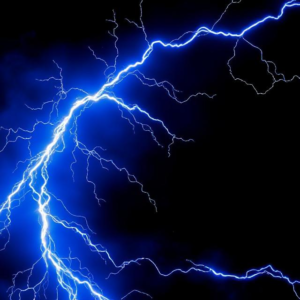Electric Charge:
- What is Electric Charge? Electric charge is a property of tiny particles (like electrons and protons) that makes them interact with each other using electric forces. You can think of it as a kind of “electric energy” stored in these particles.
- Types of Electric Charge:
- There are two types of charge: positive (+) and negative (-).
- Protons have a positive charge.
- Electrons have a negative charge.
- Like charges (positive + positive or negative + negative) repel each other.
- Opposite charges (positive + negative) attract each other.
- What Causes Electric Charge? Charges come from particles that make up matter, like protons (in the nucleus of atoms) and electrons (which orbit around the nucleus).

Electric Current Flow:
- What is Electric Current? Electric current is the flow of electric charge through a conductor, like a wire. Imagine it like water flowing through a pipe, but instead of water, it’s electrons moving through the wire.
- How Does Current Flow?
- In most cases, electric current flows from the negative side to the positive side of a power source, like a battery.
- However, by convention, we say that current flows from positive to negative (the direction that positive charge would move).
- What Causes Current Flow? For current to flow, there needs to be a difference in electric potential (like a push or voltage) between two points. This push is provided by a power source (like a battery or generator). The voltage acts like the force that makes the electrons move.
- How Does Current Move?
- When you connect a battery to a wire, it creates a circuit (a loop). The negative side of the battery pushes electrons into the wire, and they move through the wire to the positive side.
- The amount of charge flowing per second is called electric current, and it’s measured in amperes (A).
- Resistance:
- In a wire or conductor, there is something called resistance, which is like the friction that makes it harder for the current to flow.
- Materials like metals have low resistance, which is why they’re good for conducting electricity, while rubber has high resistance and is a good insulator.
Summary:
- Electric charge is a property of particles like protons and electrons.
- Electric current is the flow of electric charge through a conductor.
- For current to flow, there must be a voltage (a difference in electric potential) to push the charges.
- Resistance slows down the current, and different materials have different levels of resistance.
Tags: amperes, battery, Charge, charge flow, conductor., current flow, electric charge, electric circuit, electric current, electric energy., electric forces, electric potential, electrons, Friction, generator, insulators, like charges, materials, metals, negative charge, opposite charges, positive charge, power source, protons, resistance, rubber, voltage, wire


